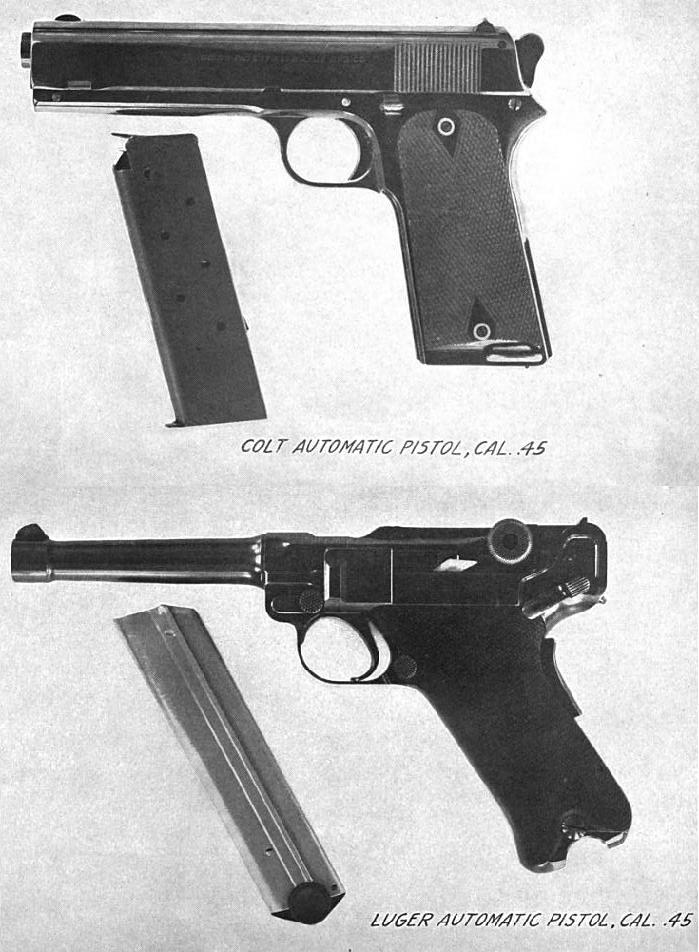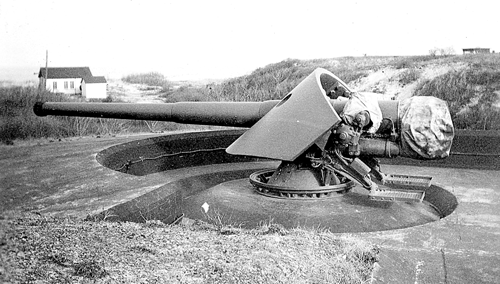|
M1905 (other)
{{Letter-NumberCombDisambig ...
M1905 can refer to: * M1905 bayonet * FN M1905 pistol * Colt M1905 New Marine revolver * Colt M1905 pistol * Smith & Wesson Model 1905 revolver * M1905 variant of the Ross rifle * Puteaux M1905 machine gun variant of the St. Étienne Mle 1907 * 120 mm Krupp howitzer M1905 * 6-inch gun M1905 See also * M5 (other) M5, M-5, M.5, M-V, or M05 may refer to: Transportation Automobiles * BMW M5, a German mid-size performance car series * Dongfeng Fengxing Lingzhi, Dongfeng Fengxing Lingzhi M5, a Chinese MPV * Haima M5, a Chinese compact sedan * JAC Refine M5, a ... [...More Info...] [...Related Items...] OR: [Wikipedia] [Google] [Baidu] |
M1905 Bayonet
The Model of 1905 bayonet was made for the U.S. M1903 Springfield rifle.Note: Variants of the M1903 rifle were produced during World War I and World War II by Springfield Armory, Remington Arms, Rock Island Arsenal, and Smith-Corona Typewriter. This designation was changed to Model 1905 in 1917, and then to M1905 in 1925, when the army adopted the ''M'' designation nomenclature. The M1905 bayonet has a 16-inch (40.6 cm) steel blade and a 4-inch (10.16 cm) handle with wooden or plastic grips. The bayonet also fits the U.S. M1 Garand rifle. From 1943 to 1945, a shorter, 10-inch (25.4 cm), bladed version was produced with black or dark red molded plastic grips, and designated the M1 bayonet. A number of M1905 bayonets were recalled from service, their blades cut down, and reissued as M1 bayonets. M1905 bayonet The M1905 bayonet was produced from 1906 to 1922 by Springfield Armory and Rock Island Arsenal. The blade and handle frame were forged as a single piece with a w ... [...More Info...] [...Related Items...] OR: [Wikipedia] [Google] [Baidu] |
FN M1905
The FN Model 1905 (from its patent date) or FN Model 1906 (in European countries due to its date of manufacture) was a pistol manufactured by Fabrique Nationale de Herstal from 1906 to 1959. It is virtually identical to the Colt Model 1908 Vest Pocket, which was based on the same John Browning prototype, and was the inspiration for FN's later Baby Browning design. Although Browning's handgun patents were sold to both FN and Colt, this was the only case in which both companies put the same design into production without any significant modification. The Model 1905 was used by the Belgian Resistance in 1943 in the Attack on the twentieth convoy, in which more than 100 Jews were saved from a Holocaust train Holocaust trains were Rail transport, railway transports run by the ''Deutsche Reichsbahn#1939-1945: The Reichsbahn in the Second World War and the Holocaust, Deutsche Reichsbahn'' national railway system under the control of Nazi Germany and Co ... transporting them to Aus ... [...More Info...] [...Related Items...] OR: [Wikipedia] [Google] [Baidu] |
Colt M1905 New Marine
The Colt Model 1905 Marine Corps was a .38 revolver issued by the United States Marine Corps during the period from 1905 to 1909. It is a variation of the Colt M1892 The Colt M1892 Navy and Army was the first general issue double-action revolver with a swing out cylinder used by the U.S. military. Overview In 1892, the revolver was adopted by the United States Army chambered for .38 Long Colt cartridges ... with a rounded grip frame. A small number (less than 850) are known to have been issued under military contract. These revolvers are marked on the butt with the appropriate USMC markings and are serial numbered 001 through at least 812. A further 926 copies were made between 1905 and 1909 for the commercial (civilian) market, and these revolvers are serial numbered on the butt from 10001 through 10926. See also * List of individual weapons of the U.S. Armed Forces References Further reading * {{Colt's Manufacturing Company Colt revolvers Military revolvers ... [...More Info...] [...Related Items...] OR: [Wikipedia] [Google] [Baidu] |
Colt M1905
The Colt Model 1900 is a short-recoil operated "self-loading", or semi-automatic .38 caliber handgun introduced by Colt's Manufacturing Company at the turn of the 20th century. It also marked the introduction of .38 ACP, the round for which it is chambered (not to be confused with the shorter-cased .380 ACP), and was the first handgun to utilize short-recoil operation. It was developed from John M. Browning's earlier prototypes in the late 1890s. The United States military tested the design against other semiautomatic pistols by European makers, and adopted some versions for trial use. The M1900 and variants were also offered commercially. Variants included the Model 1902 Sporting, Model 1902 Military, Model 1903 Pocket (only in .38 ACP models; the .32 ACP model was a different design), and the Model 1905, which introduced the .45 ACP cartridge. The designs of 1909 and later did away with the front barrel link, replaced with a simple bushing, and would become the related, and ... [...More Info...] [...Related Items...] OR: [Wikipedia] [Google] [Baidu] |
Smith & Wesson Model 1905
The .38 Smith & Wesson Model Military & Police Model of 1905 is the third of Smith & Wesson's .38 Hand Ejector models. Later models in this series include the .38 Military & Police Victory Model and the S&W Model 10. The Model 1905, as with the other .38 Hand Ejector models, is a six-shot revolver built on the Smith and Wesson K frame, with a swing-out cylinder chambered in .38 Special The .38 Special, also commonly known as .38 S&W Special (not to be confused with .38 S&W), .38 Smith & Wesson Special, .38 Spl, .38 Spc, (pronounced "thirty-eight special"), or 9x29mmR is a rimmed, centerfire cartridge designed by Smith & .... At various times throughout its production, it was offered with a round or square butt grip frame; checkered walnut or hard rubber grip stocks; with or without a lanyard ring on the butt; blue, nickel, or chrome (produced in very small quantities) finish; and a barrel length of 2", 4", 5", 6", or 6.5". This model had a "five screw" frame, with four ... [...More Info...] [...Related Items...] OR: [Wikipedia] [Google] [Baidu] |
120 Mm Krupp Howitzer M1905
The 120 mm Krupp howitzer M1905 was a howitzer used by Turkey, Japan and a few smaller armies including during World War I. After the Ottoman Empires entrance into World War I in 1914 on the side of the Central Powers, it realized that it needed to modernize its artillery. The Model 1905 was a "stock gun" from Krupp that could be supplied to customers from parts on hand, on short notice and with minor alterations to suit the customers' needs. The Model 1905 was a conventional artillery piece for its time, except for a lack of a Gun shield for the crew. The lack of a Gun shield was not a major liability, as most artillery quickly moved into concealed positions after the first few months of war. References Bibliography *Ian V. Hogg, Hogg, Ian. (2000). ''Twentieth-Century Artillery''. New York: Barnes & Nobles. . 120 mm artillery World War I artillery World War I howitzers Artillery of the Ottoman Empire {{Germany-mil-stub ... [...More Info...] [...Related Items...] OR: [Wikipedia] [Google] [Baidu] |
6-inch Gun M1905
The 6-inch gun M1897 (152 mm) and its variants the M1900, M1903, M1905, M1908, and M1 (a.k.a. T2) were coastal artillery pieces installed to defend major American seaports between 1897 and 1945. For most of their history they were operated by the United States Army Coast Artillery Corps. They were installed on disappearing carriages or pedestal (a.k.a. barbette) mountings, and during World War II many were remounted on shielded barbette carriages. Most of the weapons not in the Philippines were scrapped within a few years after World War II. History In 1885, William C. Endicott, President Grover Cleveland's Secretary of War, was tasked with creating the Board of Fortifications to review seacoast defenses. The findings of the board illustrated a grim picture of existing defenses in its 1886 report and recommended a massive $127 million construction program of breech-loading cannons, mortars, floating batteries, and submarine mines for some 29 locations on the US coastline. ... [...More Info...] [...Related Items...] OR: [Wikipedia] [Google] [Baidu] |



